Two-phase Nanofluid Forced Convection CFD: A Fluent Validation Tutorial
Two-phase Nanofluid Forced Convection CFD: A Fluent Validation Tutorial
- Upon ordering this product, you will be provided with a geometry file, a mesh file, and an in-depth Training Video that offers a step-by-step training on the simulation process.
- For any more inquiries regarding the product, please do not hesitate to reach out to us at info@CFDLAND.com or through our online support assistant.
€190 Original price was: €190.€165Current price is: €165.
Adding nanoparticles to fluids can significantly improve their heat transfer capabilities. To understand how these fluids behave, engineers often use a Two-phase Nanofluid Forced Convection CFD simulation. Unlike simpler single-phase models, a two-phase approach treats the nanoparticles and the base fluid as separate, interacting components. This report details a CFD simulation that validates the use of the Mixture model against the experimental data from the reference paper, “Comparative assessment of single and two-phase models for numerical studies of nanofluid turbulent forced convection” [1].
- Reference [1]: Akbari, M., N. Galanis, and A. Behzadmehr. “Comparative assessment of single and two-phase models for numerical studies of nanofluid turbulent forced convection.” International Journal of Heat and Fluid Flow37 (2012): 136-146.
Simulation Process: Modeling Two-Phase Flow in a Heated Pipe
The simulation was performed in ANSYS Fluent using a 3D geometry of a horizontal heated pipe, designed according to the specifications in the reference paper. The model was filled with a high-quality structured grid to ensure accurate results. To capture the complex interactions between the base fluid (water) and the nanoparticles, the Mixture multiphase model was selected. This model is highly effective for simulating flows where different phases move at different velocities, making it ideal for a Two-phase Nanofluid Forced Convection Fluent analysis.
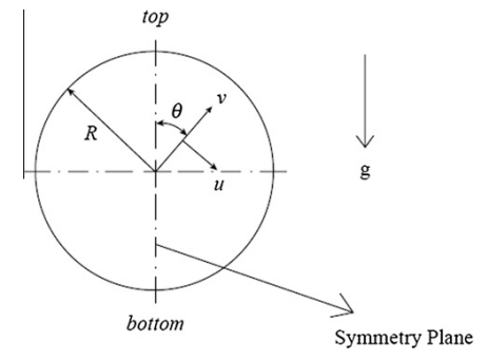
Figure 1: Cross-section of the horizontal tube used in the study, showing the coordinate system [1].
Post-processing: CFD Analysis, Validating Flow Resistance to Understand Heat Transfer
he simulation results provide a clear and fully substantiated story that begins with validating the fluid dynamics. The most crucial first step in any flow simulation is to prove that it correctly models friction. This is the “cause” of the flow behavior. The friction coefficient is a number that tells us how much resistance the fluid experiences as it moves along the pipe wall. The table below shows the core of our Two-phase Nanofluid VALIDATION CFD analysis. Our simulation calculated a friction coefficient of 0.033, which is an almost perfect match to the experimental paper’s value of 0.032. The tiny error of only 3.2% proves that our Mixture model is accurately capturing the complex momentum exchange between the nanoparticles and the water at the pipe wall. This excellent agreement is the foundation of our study; it gives us high confidence that the simulation correctly understands the fundamental physics of the flow.
Table 1:
| Reference Paper | CFD Simulation | Error (%) | |
| Friction Coefficient | 0.032 | 0.033 | 3.2% |
With the model now validated, we can analyze the “effect,” which is the resulting velocity profile of the turbulent flow. The velocity contour in Figure 2 is the visual proof of this effect. It shows the classic turbulent flow pattern: the velocity is highest at the center of the pipe (red, ~1.05 m/s) and decreases in smooth, concentric rings until it reaches zero at the wall (blue). This profile is the direct result of the frictional forces that we accurately validated. It is this well-developed flow structure that acts as the conveyor belt for heat, efficiently moving the nanofluid—with its enhanced thermal properties—to carry heat away from the hot pipe walls. The most significant achievement of this study is the successful validation of the friction coefficient against experimental data (the cause), which proves that our two-phase Mixture model can accurately predict the turbulent flow structure (the effect) that governs convective heat transfer in nanofluid systems.
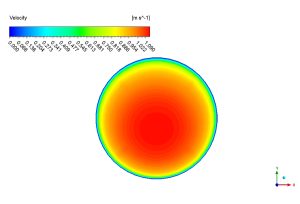
Figure 2: Velocity distribution from the two-phase nanofluid CFD model, showing the classic turbulent pipe flow profile.
We pride ourselves on presenting unique products at CFDLAND. We stand out for our scientific rigor and validity. Our products are not based on guesswork or theoretical assumptions like many others. Instead, most of our products are validated using experimental or numerical data from valued scientific journals. Even if direct validation isn’t possible, we build our models and assumptions on the latest research, typically using reference articles to approximate reality.
Yes, we’ll be here . If you have trouble loading files, having technical problems, or have any questions about how to use our products, our technical support team is here to help.
You can load geometry and mesh files, as well as case and data files, using any version of ANSYS Fluent.
€190 Original price was: €190.€99Current price is: €99.

€240 Original price was: €240.€175Current price is: €175.

€245 Original price was: €245.€185Current price is: €185.

€360 Original price was: €360.€185Current price is: €185.

€185 Original price was: €185.€135Current price is: €135.

€240 Original price was: €240.€115Current price is: €115.













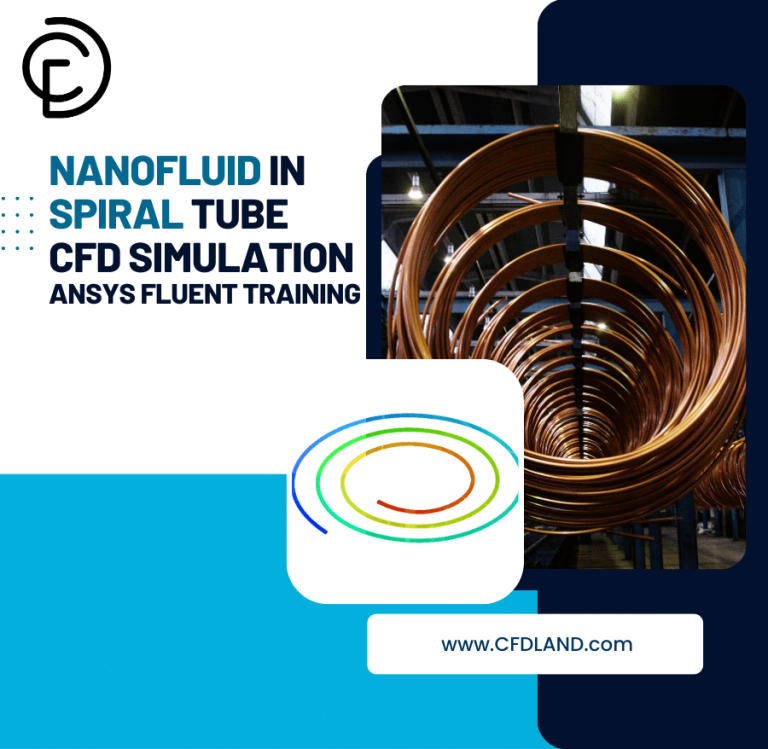

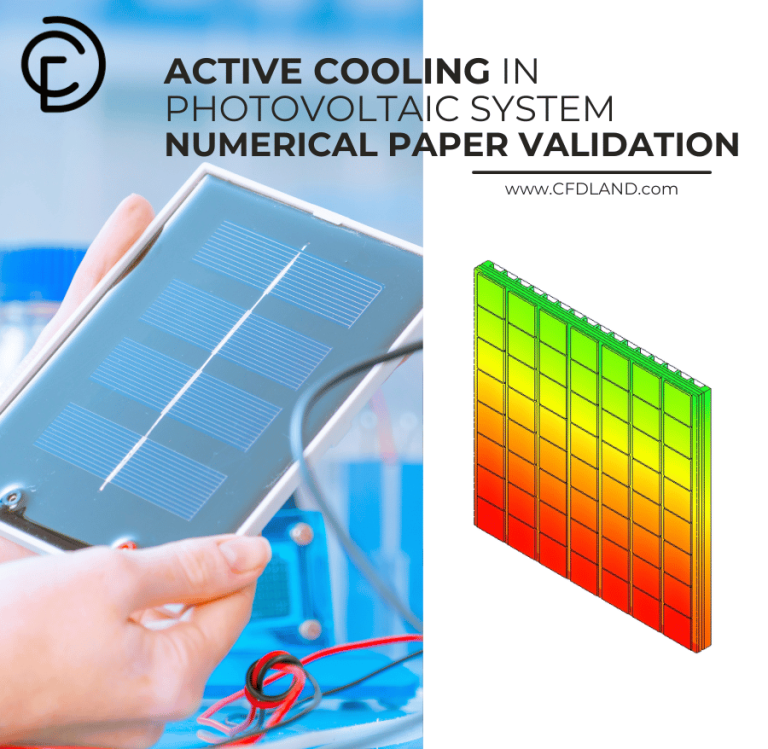

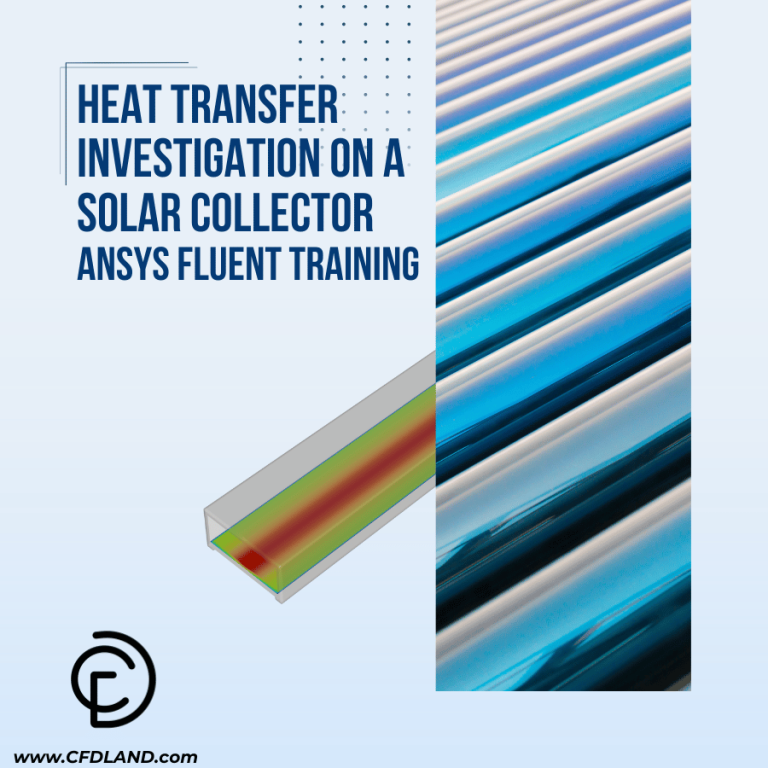
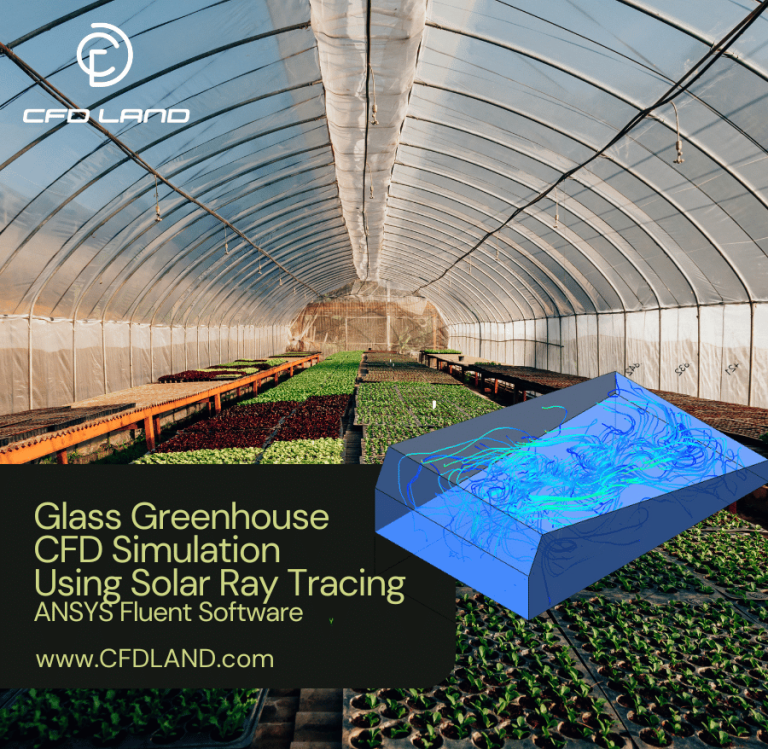
Reviews
There are no reviews yet.